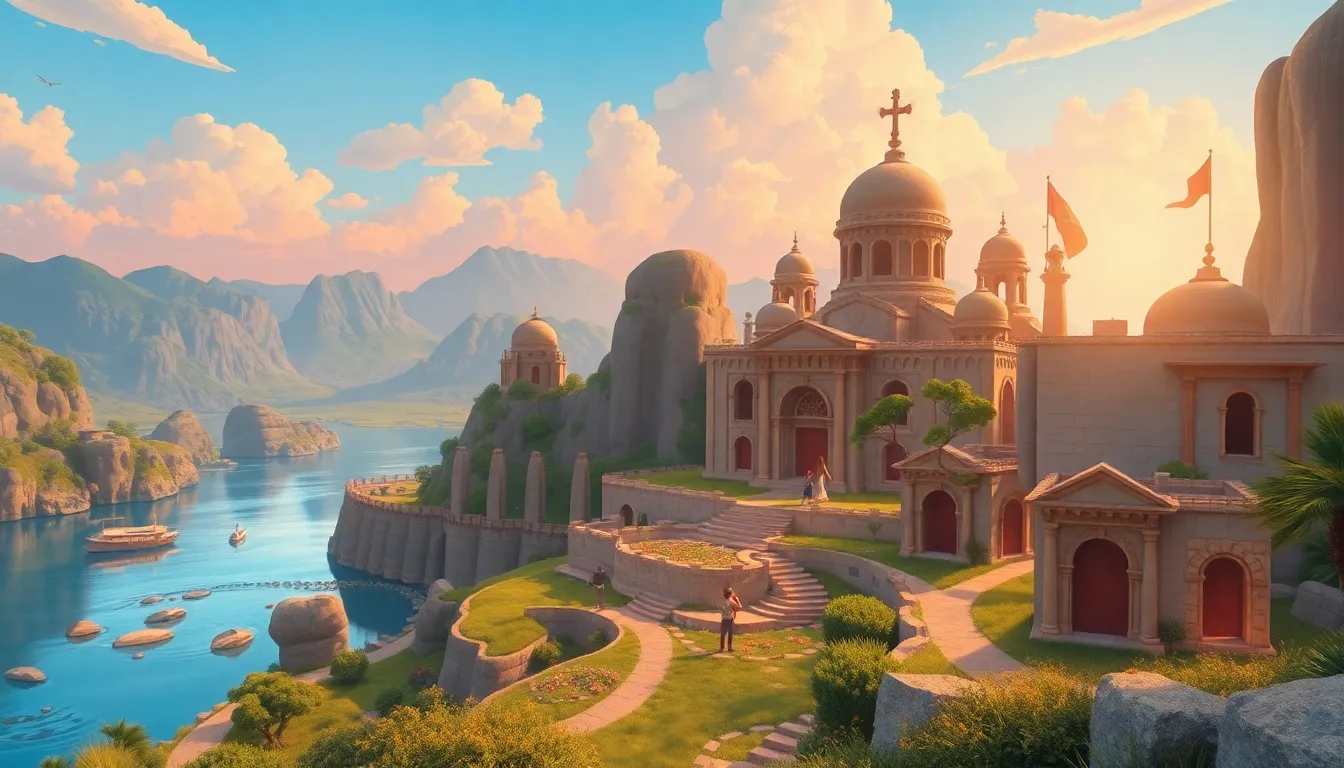
🌍 Amazing UNESCO World‑culture Sites
Introduction
Every year, the United Nations Educational, Scientific and Cultural Organization (UNESCO) picks special places around the globe and calls them World‑heritage Sites. In the world‑cultures category, these sites tell us stories about how people lived, created art, and built amazing structures long ago. Let’s travel together to discover a few of these cultural treasures, learn new words, and see how history shapes the world today!
1. the Great Wall of China – A Stone Snake 🐍
What It Is: A massive wall made of bricks, stone, and earth that stretches over 13,000 km (about 8,000 miles).
New Vocab:
- Fortification – a strong defensive wall or building.
- Dynasty – a series of rulers from the same family.
Why It Was Built (Cause → Effect):
Cause: Ancient Chinese emperors wanted to protect their lands from invading armies.
Effect: They built the Great Wall, which slowed down attacks and allowed the empire to thrive for centuries.
Did You Know? The wall isn’t a single continuous line; it’s a patchwork of sections built by different dynasties over 2,000 years!
2. Machu Picchu – the Lost City in the Clouds
What It Is: A hidden Inca citadel high in the Andes Mountains of Peru, perched 2,430 m (8,000 ft) above sea level.
New Vocab:
- Citadel – a fortified city or stronghold.
- Terrace – a flat, step‑like platform built into a slope.
Cause → Effect:
Cause: The Incas needed a safe place to govern and store crops in a rugged landscape.
Effect: They carved terraces into the mountainsides, creating fertile fields and a spectacular city that could resist floods and landslides.
Did You Know? When Hiram Bingham “discovered” Machu Picchu in 1911, the local people still lived nearby and called it “the mountain that hides.”
3. the Pyramids of Giza – Ancient Egyptian Marvels
What It Is: Three giant stone pyramids and the Great Sphinx near Cairo, built as tombs for pharaohs over 4,500 years ago.
New Vocab:
- Pharaoh – the king or ruler of ancient Egypt.
- Sarcophagus – a stone coffin, often decorated with carvings.
Cause → Effect:
Cause: Egyptian leaders believed the afterlife was a continuation of life on Earth and wanted grand tombs to protect their bodies and treasures.
Effect: They mobilized thousands of workers to quarry limestone and construct the pyramids, leaving us with some of the world’s most precise ancient architecture.
Did You Know? The Great Pyramid was the tallest man‑made structure on Earth for more than 3,800 years!
4. the Historic Centre of Florence – Cradle of the Renaissance
What It Is: A compact city in Italy filled with art, museums, and architecture that sparked the Renaissance, a period of great cultural rebirth.
New Vocab:
- Renaissance – a “rebirth” of learning, art, and science in Europe (14th‑17th centuries).
- Patron – a person who supports artists or scholars, often by giving money.
Cause → Effect:
Cause: Wealthy families like the Medici funded artists, scientists, and writers.
Effect: Masterpieces such as Michelangelo’s David and Leonardo da Vinci’s inventions emerged, changing how people thought about humanity and nature.
Did You Know? Florence’s famous “Duomo” dome was built without any scaffolding—workers built it from the top down!
Mini Quiz & Experiment
Quiz (circle the Correct Answer)
- Which UNESCO site was built to stop invading armies?
- A)